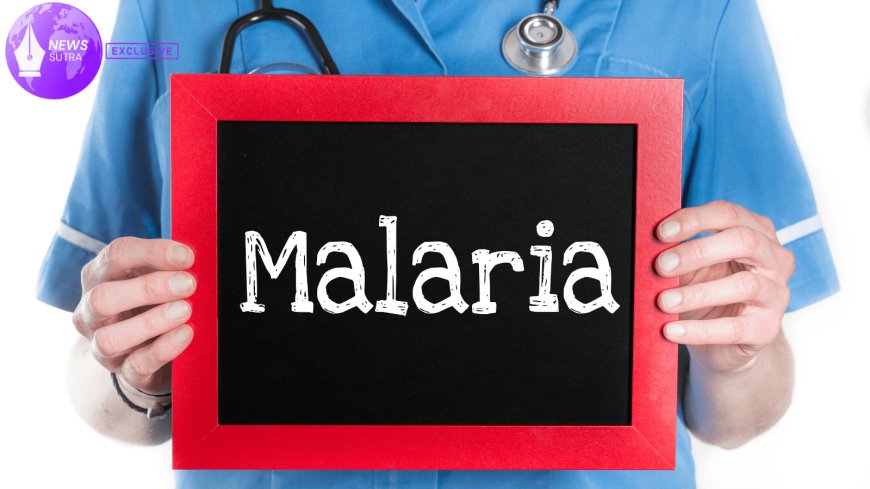Climate Change and Malaria: U.S. Faces Rare Local Transmission Fears After Second Case Confirmed
A second local malaria case in the U.S. raises climate-driven disease concerns. Experts warn of regional hotspots, predictive models, and grassroots challenges.

A second confirmed case of locally transmitted malaria in the United States has reignited public health concerns and renewed discussions about the role of climate change in disease spread. Unlike most U.S. cases historically linked to overseas travel, this new infection has no ties to international movement, raising the specter of mosquitoes transmitting malaria on American soil.
A Rare but Alarming Development
For decades, malaria was largely considered eliminated from the U.S., thanks to aggressive eradication efforts in the mid-20th century. Most of the approximately 2,000 annual cases in the country have been tied to travelers returning from malaria-endemic regions such as sub-Saharan Africa, South Asia, and parts of Latin America.
But with this second non-travel-related case emerging, epidemiologists are warning that the U.S. may be entering a new phase where climate-driven environmental conditions create pockets ripe for mosquito-borne disease resurgence.
Dr. Melissa Carter, an infectious disease specialist at Johns Hopkins, explained:
“What we’re seeing is not an outbreak yet, but it is a warning sign. Warmer temperatures and wetter conditions are extending mosquito breeding seasons in ways that were previously unthinkable for the U.S.”
Climate Change: Expanding Mosquito Territory
Research suggests that rising global temperatures and shifting precipitation patterns are expanding the range of Anopheles mosquitoes, the carriers of malaria. In the U.S., southern states like Florida, Texas, and Louisiana are seen as particularly vulnerable.
A Centers for Disease Control and Prevention (CDC) analysis previously noted that local transmission remains possible when infected travelers return and mosquitoes are active. But climate change is altering this equation, giving vectors a stronger foothold.
(See CDC’s full guidance on malaria prevention).
Predictive Modeling: Future Hotspots
Epidemiologists are now relying on advanced modeling tools to project future malaria risks. Preliminary models highlight potential hotspots across the Gulf Coast and Mid-Atlantic regions, particularly in areas with poor drainage, high humidity, and limited mosquito control infrastructure.
These models suggest that without significant adaptation strategies, localized malaria clusters could become a seasonal challenge by the 2030s.
Dr. Jonathan Rivera, an epidemiologist at the University of Florida, stated:
“Modeling isn’t about spreading panic—it’s about preparation. We need to think of mosquito-borne diseases the way we think of hurricanes: predictable, preventable, but devastating if ignored.”
Community-Level Perspectives
Beyond scientific data, community health workers are voicing concerns about frontline realities. In low-income neighborhoods where standing water is common, mosquito control measures can be inconsistent.
Angela Moore, a community health worker in Houston, shared:
“People here already struggle with asthma, flooding, and heatwaves. Adding malaria risk on top of that could overwhelm families and local clinics. Prevention funding has to reach the ground level, not just stay at research centers.”
Her perspective underscores the grassroots challenges of tackling vector-borne diseases, especially in areas disproportionately affected by climate change.
Policy and Public Health Response
The Biden administration has highlighted climate-driven health threats as part of its national resilience strategy. However, experts stress that proactive investments in mosquito surveillance, rapid diagnostic tools, and public education campaigns are urgently needed.
The U.S. has successfully stopped local malaria outbreaks before—such as in Palm Beach County, Florida in 2003—but today’s climate dynamics may make containment far more difficult.
Global health organizations like the World Health Organization have echoed similar concerns. In a recent report, WHO emphasized the need for international collaboration, as diseases once confined to the tropics now threaten temperate regions as well. (WHO Malaria Report).
Looking Ahead
For now, health officials stress that malaria risk for the average American remains very low. But the reappearance of locally transmitted cases—even isolated ones—signals that the U.S. must prepare for a world where climate-driven diseases are no longer distant threats.
As Dr. Carter put it:
“The takeaway isn’t fear—it’s readiness. We know what works to control malaria. The question is whether we act quickly enough to prevent history from repeating itself.”
What's Your Reaction?
 Like
0
Like
0
 Dislike
0
Dislike
0
 Love
0
Love
0
 Funny
0
Funny
0
 Angry
0
Angry
0
 Sad
0
Sad
0
 Wow
0
Wow
0








































































